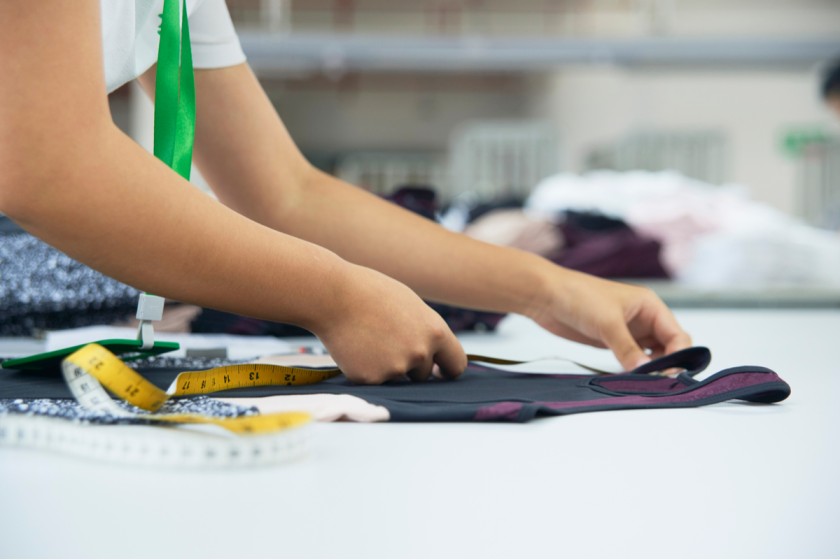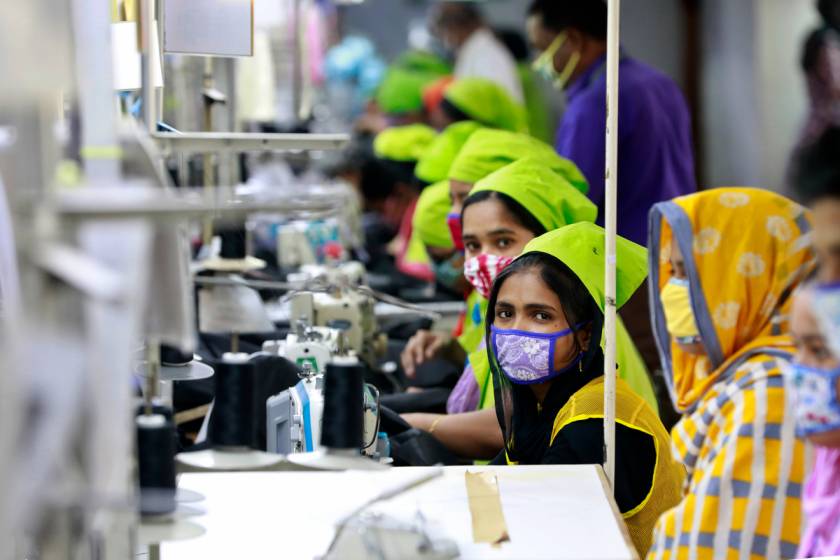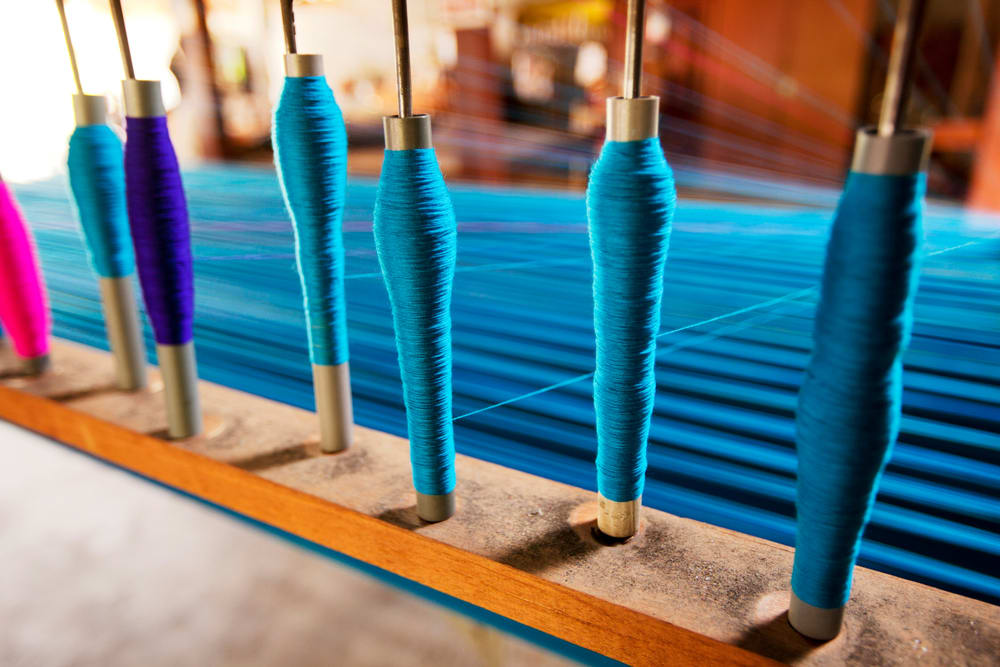3 Ways to Manage Garment Quality Control



The textile industry strongly emphasizes efficient garment checks. When a customer buys apparel from a certain brand, they expect the fit to be as specified by the charts. If the item fits, the customer feels a certain level of trust in that brand and opt for it with confidence in the future. Conversely, the customer is unlikely to ever return to a brand if its sizes are inaccurate. This is where a quality control checklist is useful.
The criteria checklist for garment quality control
Clothing sizes vary depending on the material used and the brand’s target audience. While it is often difficult to keep up with the changing beauty and body measurement criteria, having a standard size and feel for each type of clothing is essential. Inconsistency is one of the most common reasons why a customer changes brands. This change can often lead to declined sales and loss to the manufacturer. To avoid such inconsistencies, the textile industry has set a few guidelines to help manufacturers understand the basics. These include:
- Garment requirements that have data about the weight and dimension of the garment, materials used along with labels and markings, and color
- Packaging instructions that indicate the weight of the product, shipping directions and instructions, methods to pack, and retailer’s information
- Instructions about proper measurements and also a kit that includes measuring tape, defect stickers, clippers, digital camera, a color swatch, and a bar code scanner
Ways to manage garment quality control

A consistent supply of garments is directly responsible for increase in sales and subsequent profits. The reason why leading brands have managed to retain a loyal customer base is that they prevent defective materials from even reaching retail outlets. Budding designers and manufacturers should focus on quality control by following these three simple ways:
- Conduct a thorough inspection of raw materials. To avoid any post-production damage, you need to conduct a thorough inspection of the raw materials such as the fabric, spool, and the type of cuts and stitches you want. Whether it is the fabric or accessories, you need to recheck if the product matches the descriptions provided by the company. This check also includes having a better understanding of the thread count of the fabric, the GSM, the texture, the stress-handling capacity, the tear strength, and pressure tolerance for buttons, zippers, and laces. This helps eliminate defective items, to begin with. However, the need for quality control does not end with just a thorough inspection of the raw materials.
- Set tolerance standards of garments. Letting an ill-fitting garment leave your studio is a terrible mistake. People spend money on brands because they want to have the assurance that they are investing in good apparels. A person who purchases a pair of expensive jeans would want that pair to last for at least five years. This is where the tolerance standard of the clothes plays a vital role. Having clear standards for tolerance levels also allows a small margin for any errors that can occur while sewing. Set clear measurement points that specify the areas to focus on for that particular piece of clothing. This means that if the garment is a shirt, it should include measurements of the length and width of the sleeves along with chest measurements. You also should specify the points in both positive and negative measurements for the garment’s tolerance for each point. This way, you can ensure that each size has a proper fit and customers easily find their sizes.
- Set up a quality management system. Having a standard working system that records and produces data about the achievements of the quality control and customer reviews will ensure that future mismanagements or inconsistencies can be avoided. Having a streamlined flow of data that highlights customer requirements, productivity measures, and efficiency levels will also help the company to work towards reducing wastage of resources and becoming a green brand.
The need for post-production check onsite

Once the garment consignment leaves the manufacturing unit and reaches retail outlets, there should be another check done before placing the items on racks. This final check will eliminate any issues and enhance customer satisfaction levels. For example, if a piece left the manufacturing unit intact but got damaged while being packed, this onsite check will help remove that piece.
Being a successful brand designer requires consistency. You need to be able to identify even a minor defect in a garment. If you are a newcomer to the industry, you can rely on Fashinza’s expertise to source quality fabrics and materials.



















